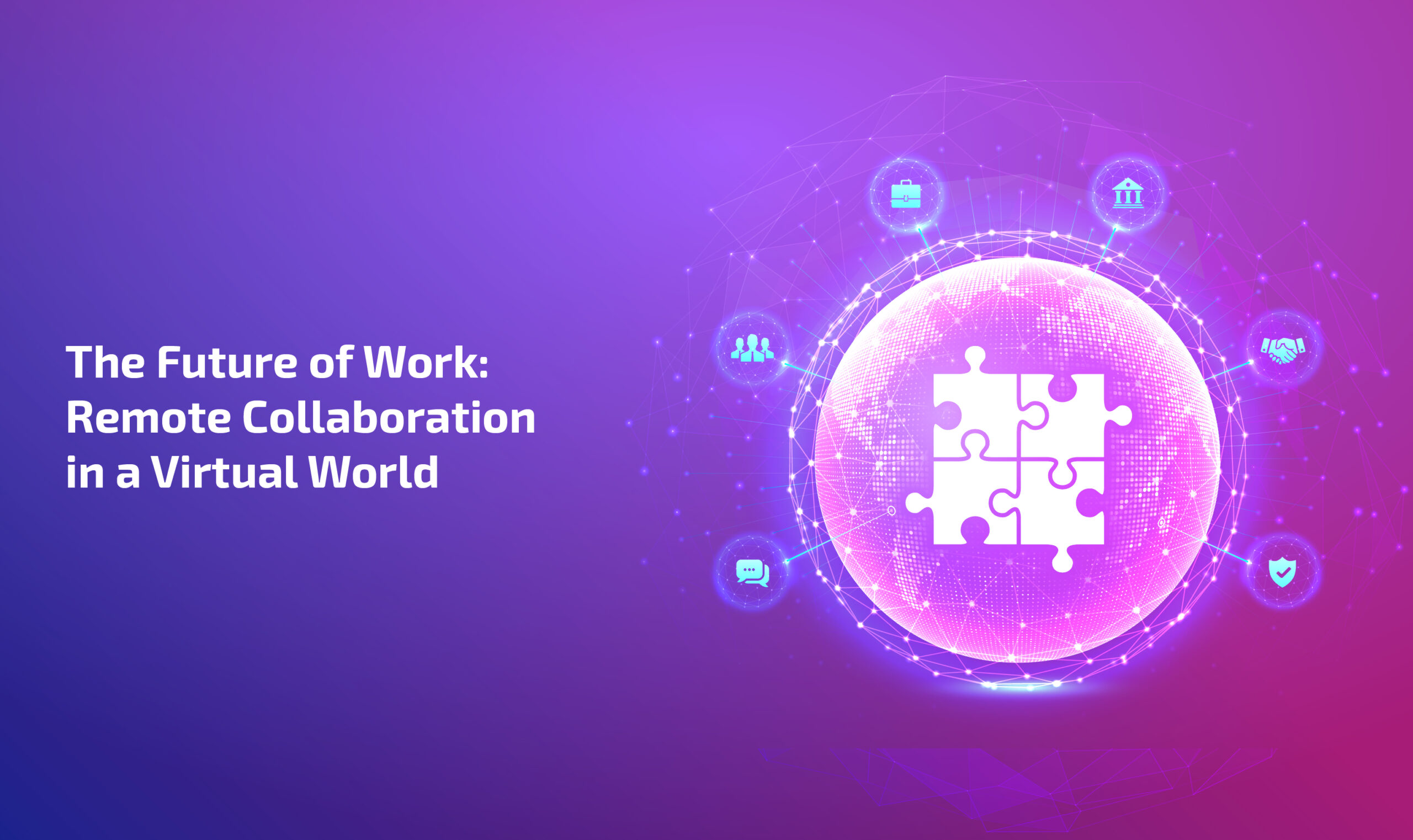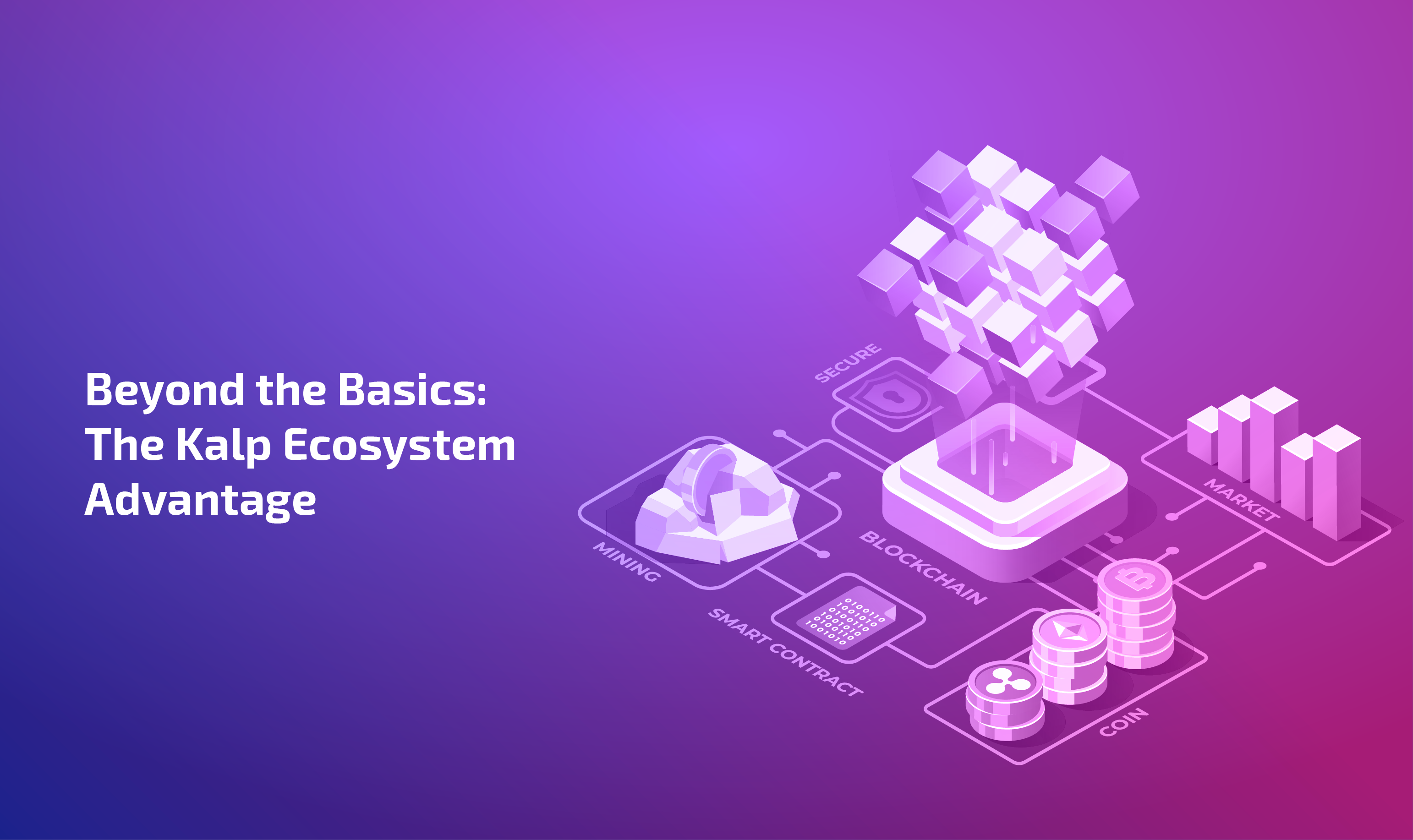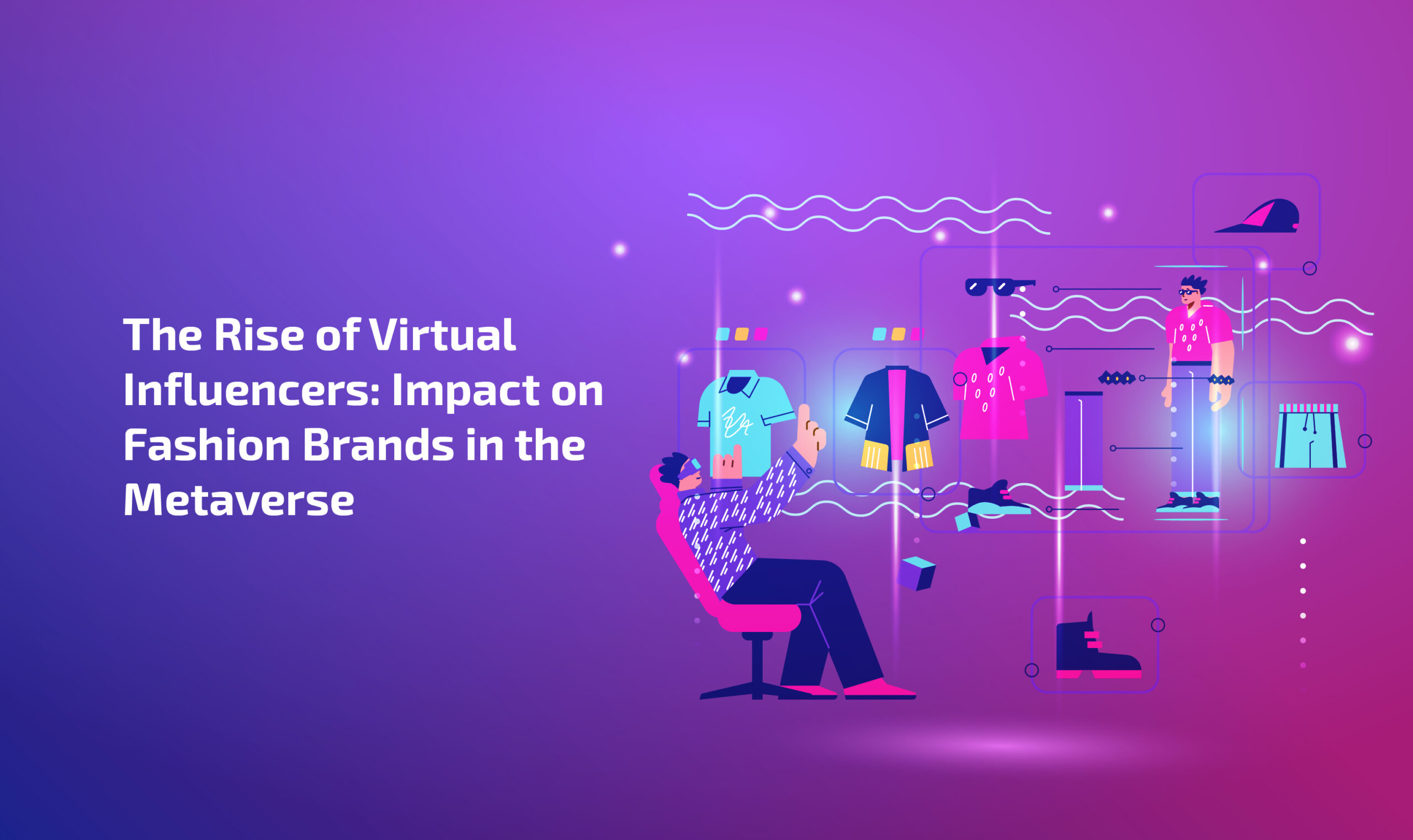
There is no single universally agreed definition of Metaverse. Some people envision it as a virtual world, while others see it as an internet extension. As Metaverse is open to everyone to build, there are as many interpretations of virtual worlds layered with more immersive experiences as there is room for innovation.
As Mark Zuckerberg said, “The Metaverse is not a single product or an operating system. It isn’t a single piece of cloth but a patchwork quilt. There won’t be a meta-run metaverse, just as there isn’t a ‘Microsoft Internet’ or ‘Google Internet’ today. It won’t be ownable, just as today’s internet isn’t.”
The above statement refers to the metaverse’s decentralized nature and how developers must be innovative to create a metaverse that is as decentralized and collaborative as possible.
In this regard, let us understand from a developer’s perspective!
What is the Metaverse?
- The meaning of the metaverse refers to the transition from seeing 2D content on flat screens to 3D content in a spatial environment. This shift will make content consumption more engaging and immersive. The idea of the metaverse is to create a single, communal 3D virtual environment where users can communicate with one another.
- Though the current Metaverse ecosystem is highly fragmented, we anticipate success stories from a range of beneficiaries, including connectivity, hardware, software, services, and content, which are all included in this.
Key characteristics that developers try to make their creations unique in the metaverse include: - Interactivity: To make meaningful connections in the metaverse, including through social interaction, gaming, and other developments.
- Avatars: making digital representations of oneself to engage within the metaverse.
- Decentralization: Utilizing blockchain technology in the metaverse would allow for greater user control and ownership.
- Persistence: To develop a persistent virtual world to use even when metaverse users are offline, i.e. always-on metaverse.
- Immersion: Using technologies like VR and AR, developers try to make the metaverse immersive, making users feel real like they are physically present in the virtual world.
- Interoperability: Creating systems and apps that integrate smoothly, regardless of the technology stack.
You must have read the above terms before, as these are defining characteristics developers try to innovate within metaverse development. If you still need to, we hope you get a fair idea after reading the above! In creating an immersive virtual reality, users can escape the “real world” by moving via virtual environments. Herein, the above characteristics came into space.
Nonetheless, some creators claim that the metaverse is extinct, which is distracting. Such predictions arise because creating the metaverse requires more time and resources than creating the visuals and films we see. Moreover, such significant financial ramifications and a long-term commitment are undoubtedly taxing.
Is metaverse a dead game?
No. What we are seeing for now is the metaverse at its nascent stage. Metaverse is not dead but evolving.
The metaverse will eventually evolve and merge in a similar fashion to how the Internet did more than 30 years ago, even though it is now envisaged as a disjointed space generated by thousands of distinct individuals on their separate platforms.
Others believe the metaverse has a foreboding that it will become a dystopian future without regulations. It is because the metaverse raises a variety of ethical issues, including global issues, financial security, user privacy, content moderation, digital identity and ownership, and other issues. These worries cover everything from safeguarding users from financial scams, harassment, and data breaches to maintaining open standards, fair competition, and responsible growth.
Role of Developers in Making the Metaverse Compliant with Regulations
In order to provide a safe and satisfying user experience, developers can innovate by putting robust content moderation mechanisms into place to recognize and eliminate objectionable content, such as hate speech or pornographic material.
Developers help create a trustworthy environment by providing clear privacy policies and abiding by data protection laws. For instance, users’ and regulatory authorities’ worries can be addressed by integrating blockchain technology with GDPR.
Developers may show authorities that they are committed to responsible innovation by willingly adopting best practices and standards, which fosters cooperative relationships.
All things considered, developers should aim to strike a balance between encouraging creativity and giving users a secure and legal Metaverse experience.
The metaverse has a plethora of opportunities for software developers. Building and managing the metaverse will need the development of new technologies and methodologies. This comprises:
- Developers can build new instruments and engines capable of managing the intricate demands of the metaverse.
- Continuous improvement in VR and AR development to make it cost-effective and more efficient.
- Add new social features in order for users to communicate with one another in the metaverse.
“To speak in numbers, Meta believes that there will be 1 billion metaverse active users by the year 2030”.
Therefore, by getting involved in the metaverse, developers can position themselves to be leaders and pioneers, to reap the benefits early.
With Mai, Your Imagination Takes Center Stage
As we advance, the ecosystem will become more integrated due to increased interoperability. As mobile processors, artificial intelligence, and machine learning continue to progress, computing power is increasing too. As a result, the future of metaverse will largely be experienced through head-mounted and hands-free devices as a result of ongoing advancements in augmented reality (AR), virtual reality (VR), and extended reality (XR) head-mounted displays (HMDs).
In concluding our journey towards building a brighter and more connected future, MAI unwavering commitment stands tall — a commitment to pioneering tools and solutions that shape the very fabric of the Metaverse.
So, to answer “metaverse what is it” – Metaverse is an idea, and those who believe it are taking steps towards it. The question is not whether the metaverse is real or not because companies are already working on it. The bigger question is – Are you ready for the metaverse?








